world-leading faculty
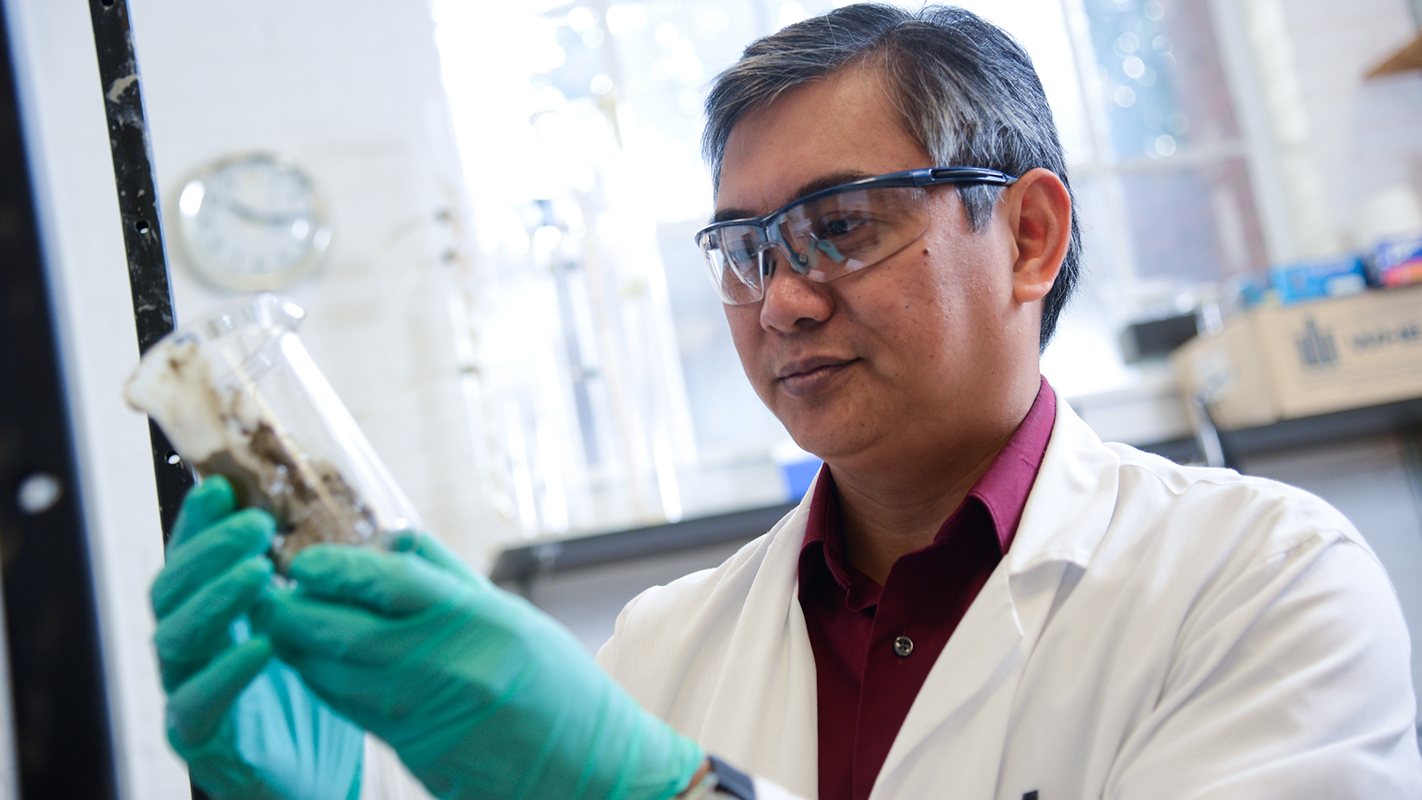
Toilets, Pit Latrines and Adventures in Human Waste
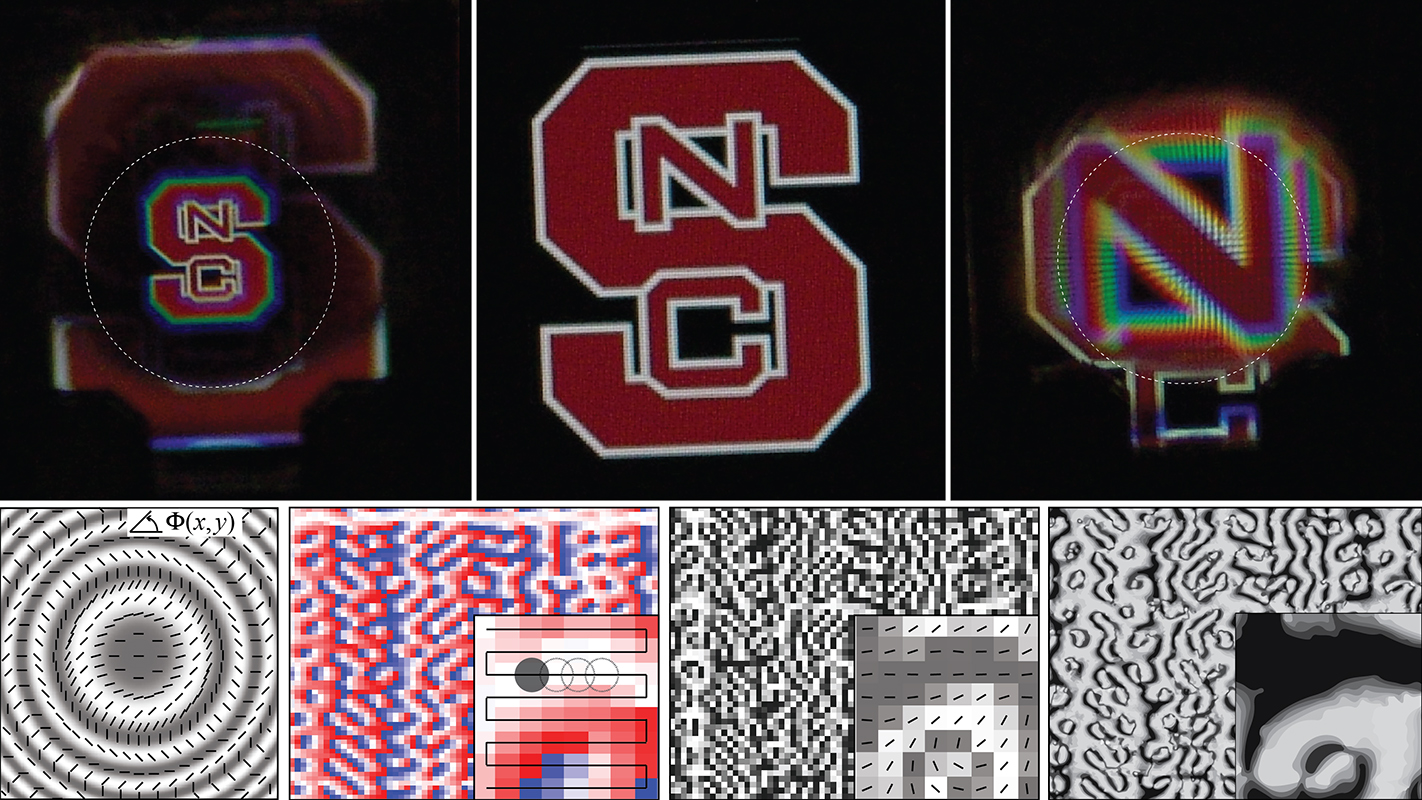
Researchers Find Way to Create Wide Variety of New Holograms

Researchers Find Way to Make Metals Stronger Without Sacrificing Ductility

From Exoplanets to Rainbow Station: Using Lasers to Print in Four Dimensions
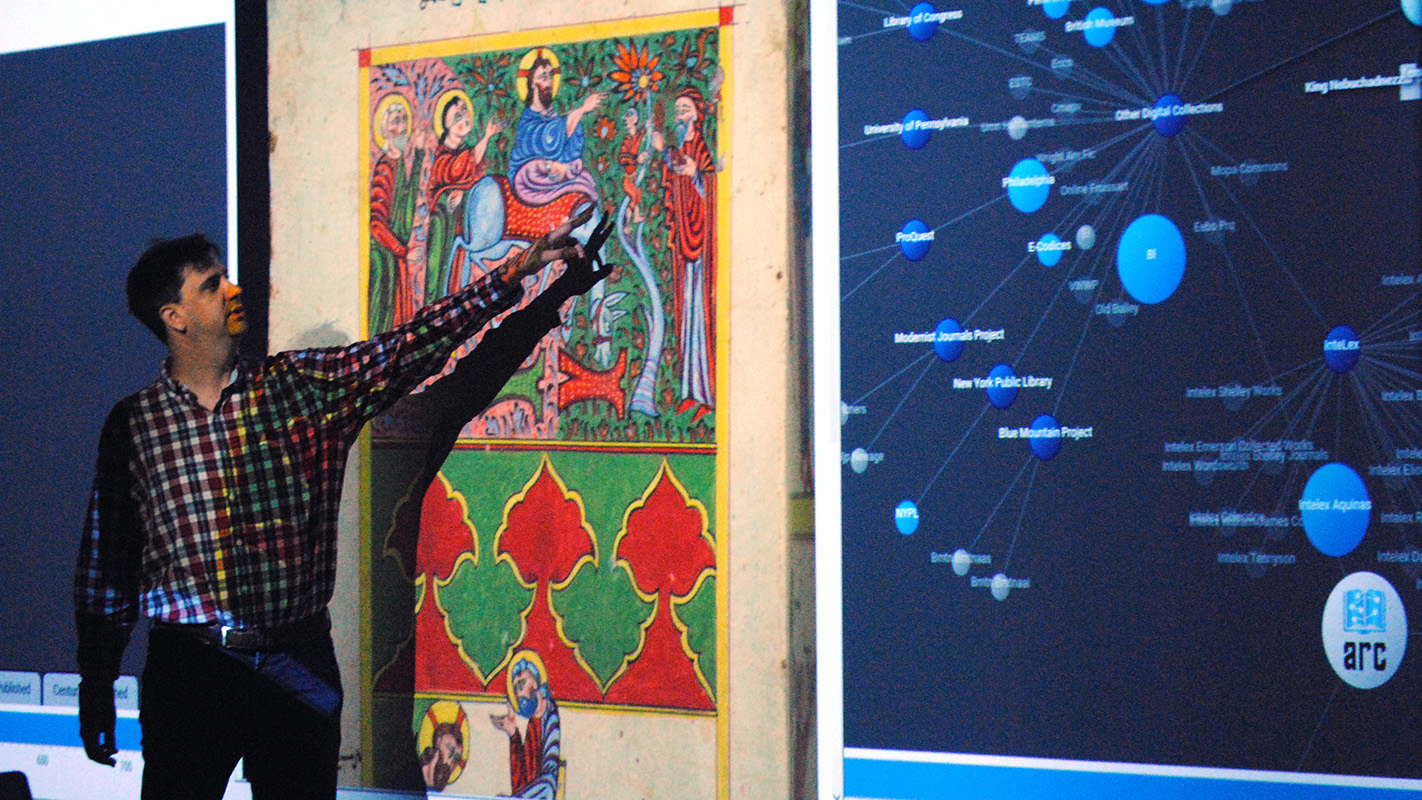
Online Tool Aims to Help Researchers Sift Through 15 Centuries of Data
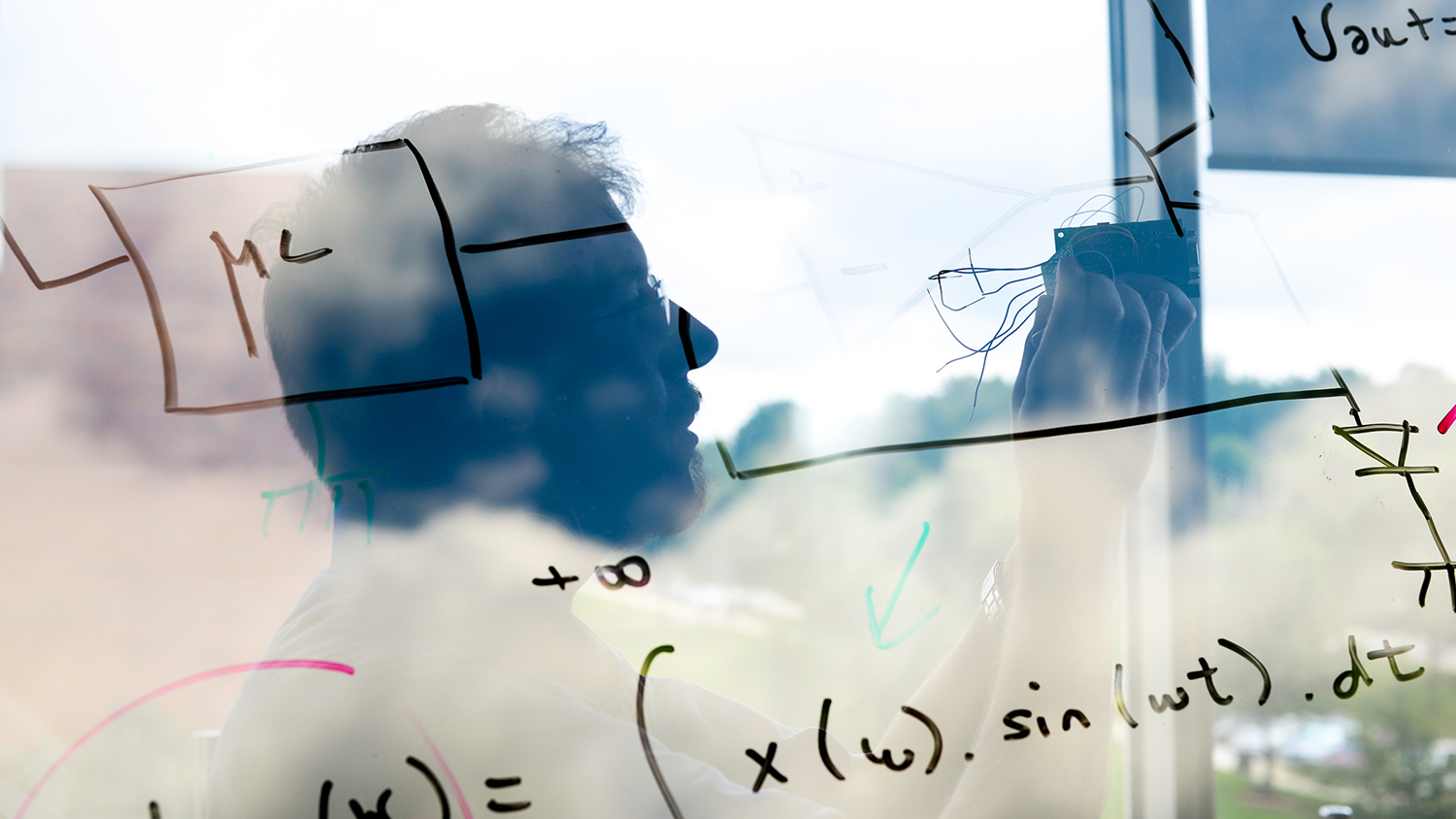
Brilliant Innovators
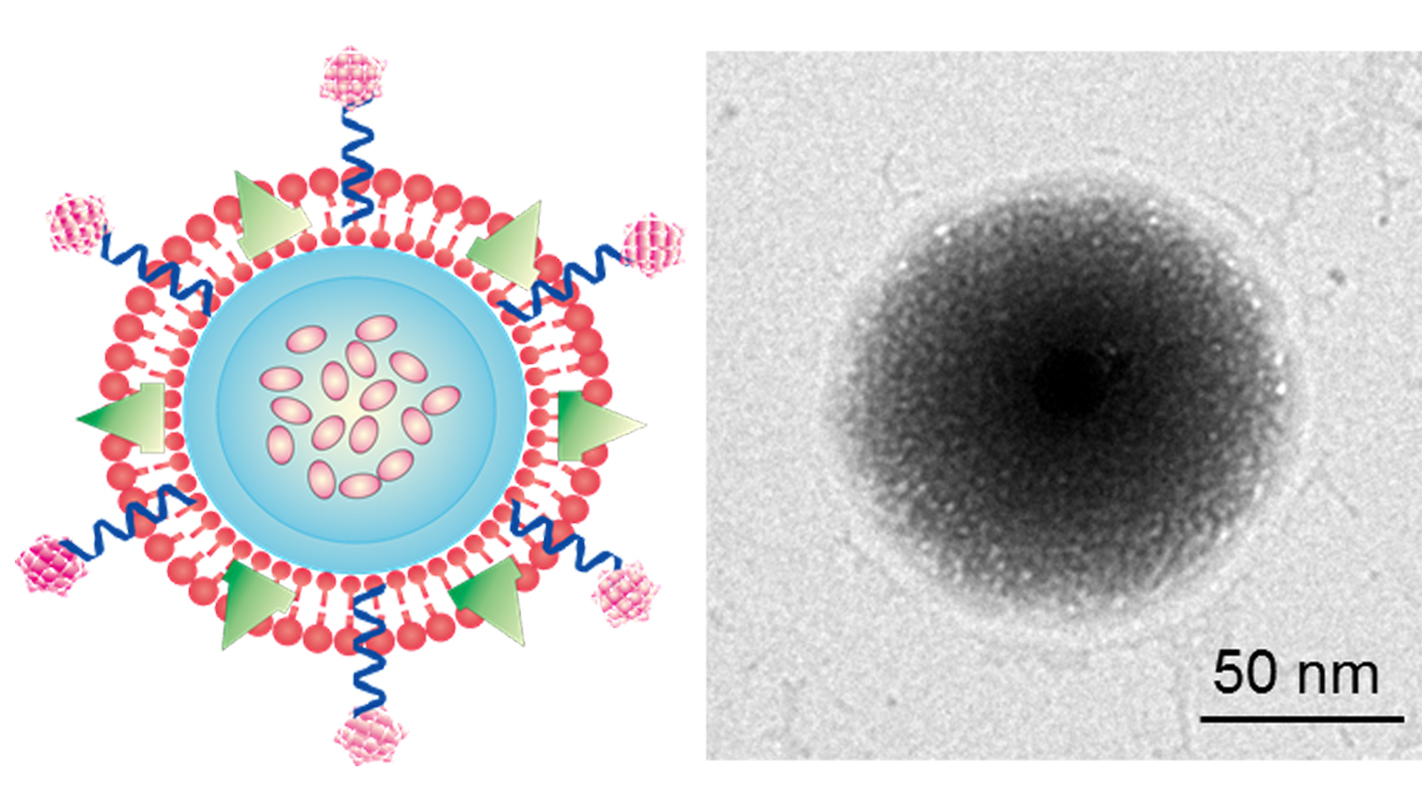
Researchers Disguise Drugs as Platelets to Target Cancer
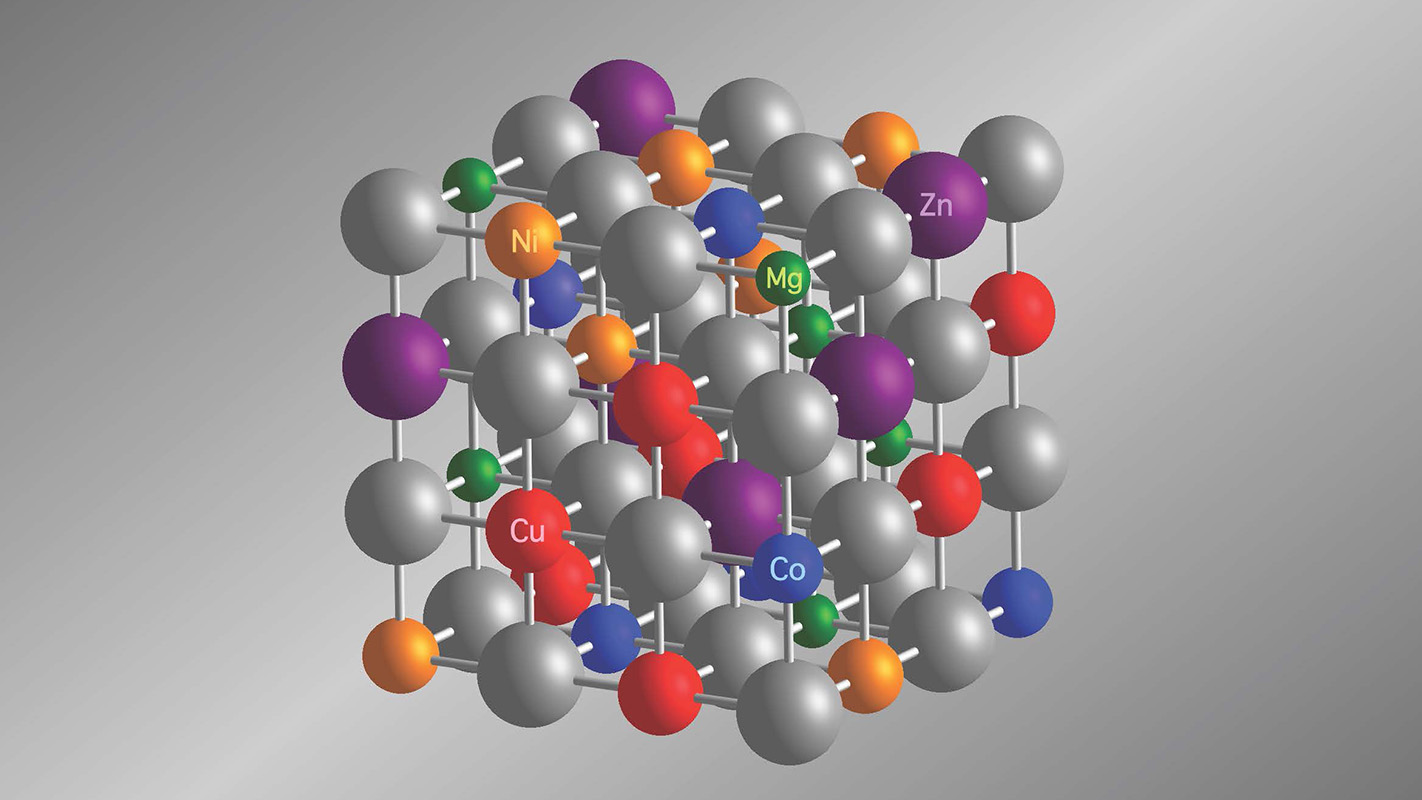
Researchers Create First Entropy-Stabilized Complex Oxide Alloys
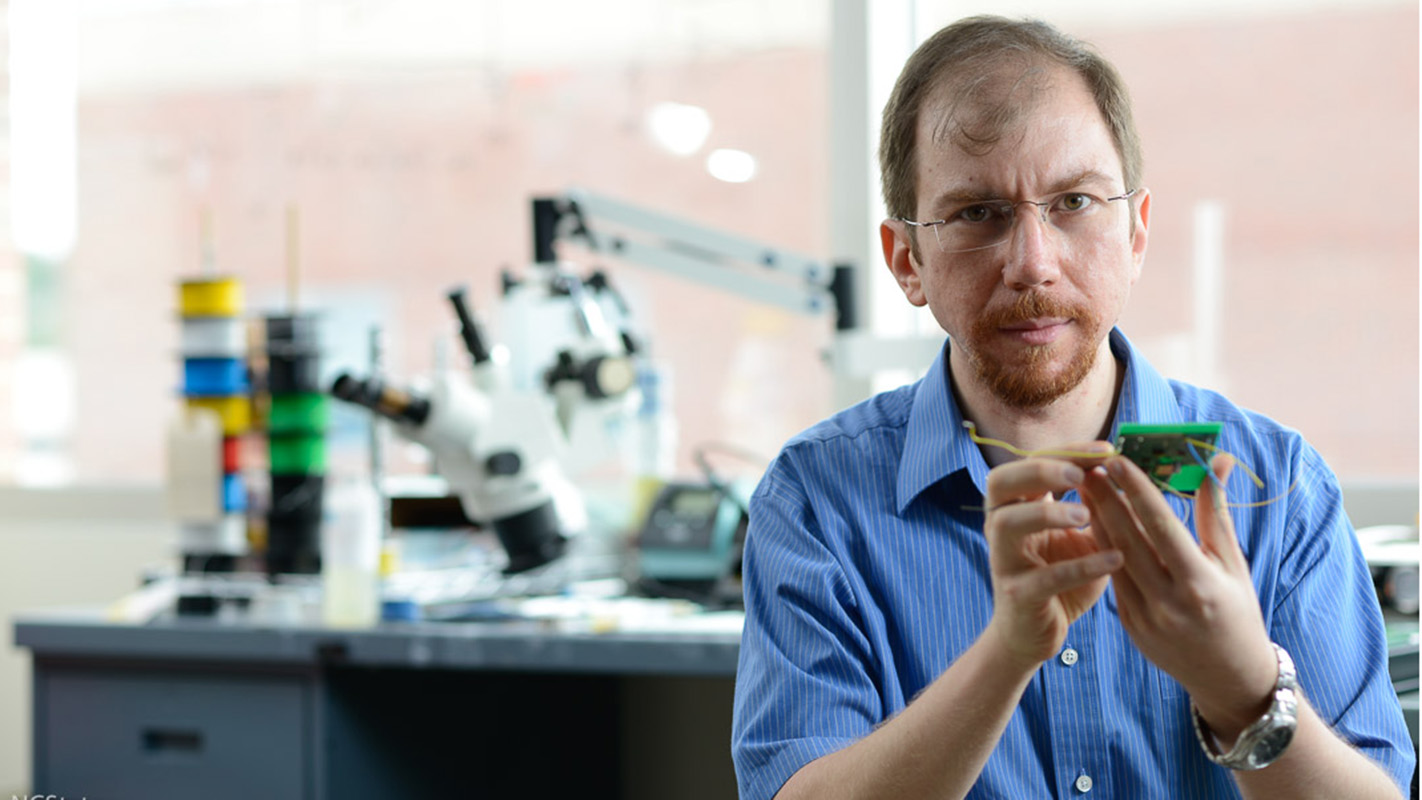
Bozkurt Named to Popular Science’s ‘Brilliant 10’
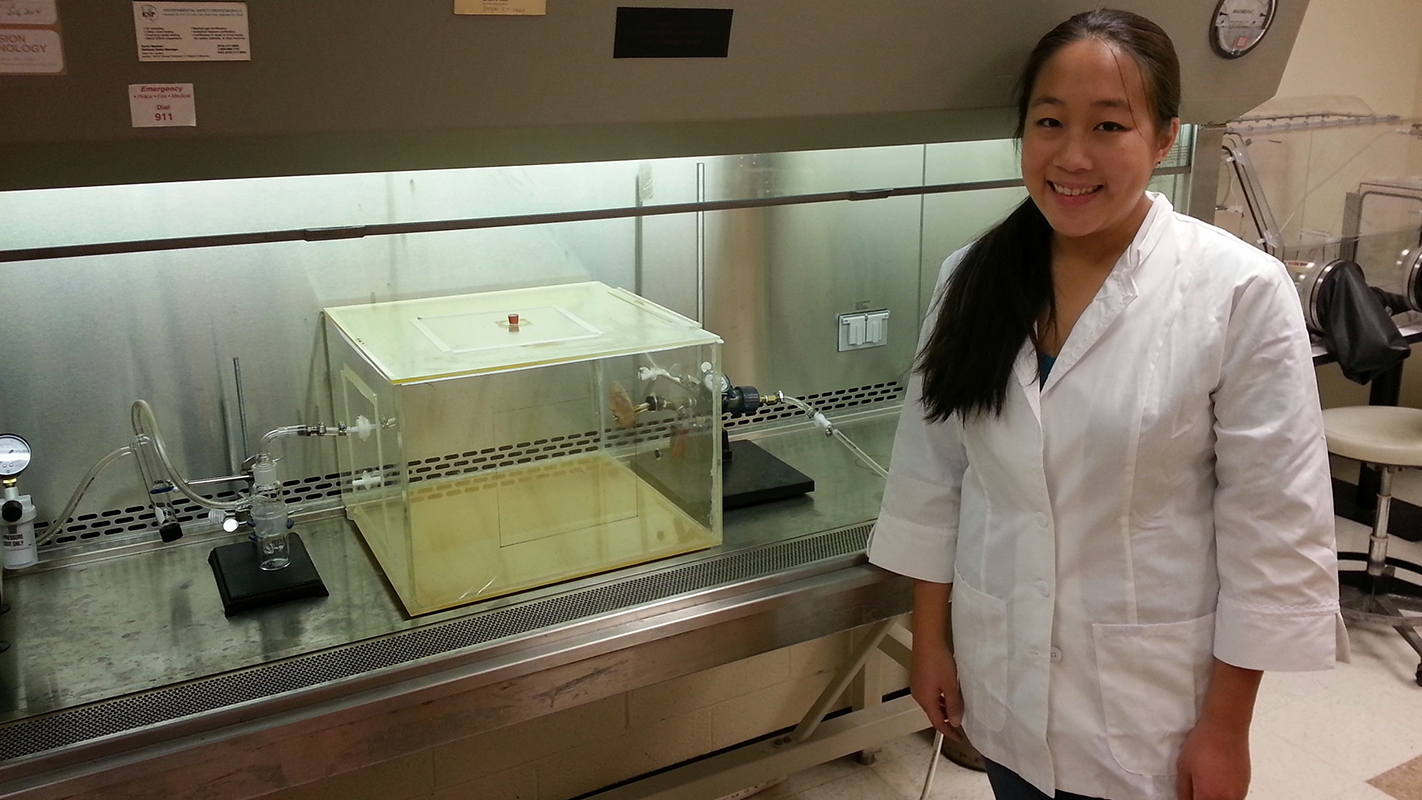
Vomiting Device Offers First Direct Evidence That Vomit Aerosolizes Norovirus-Like Particles
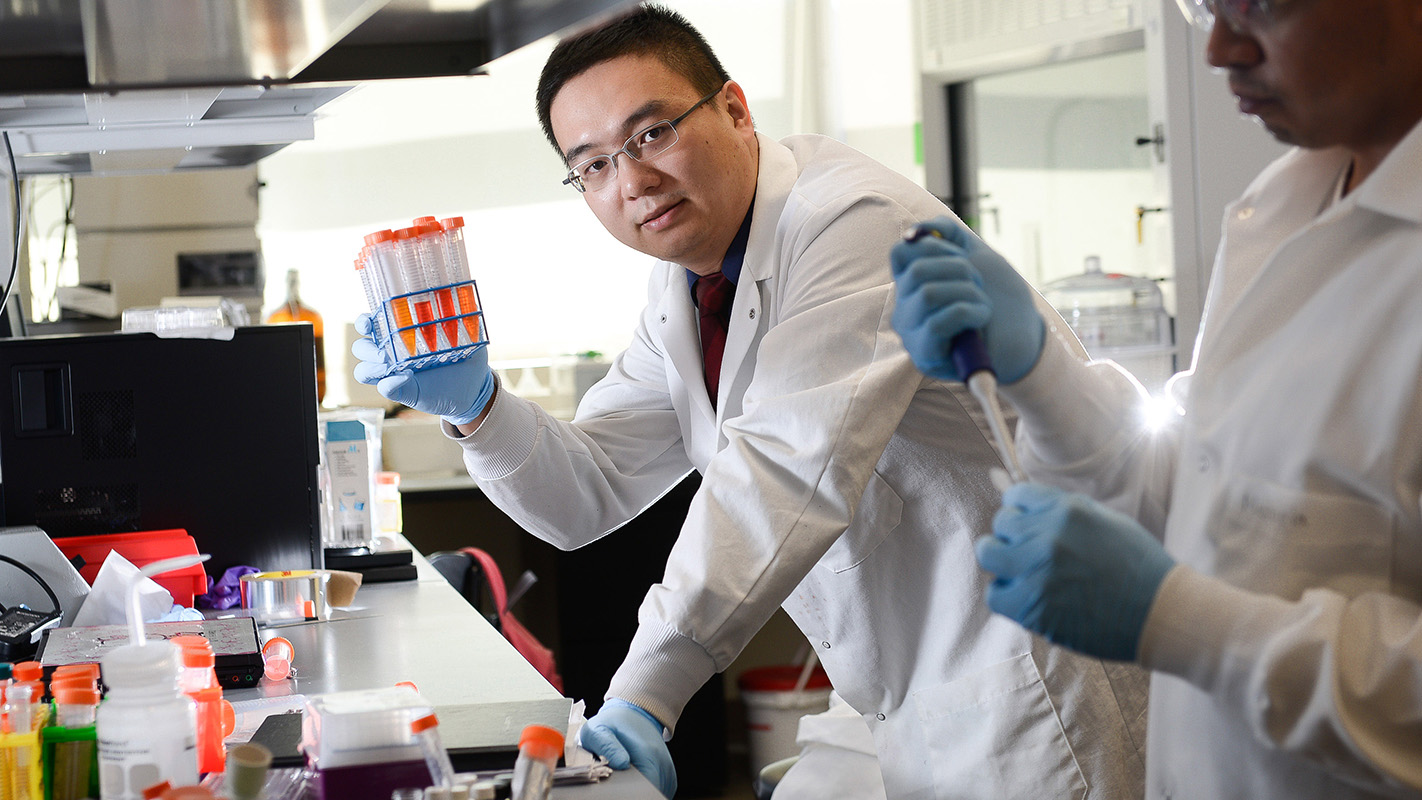
Biomedical Engineer Zhen Gu Named to Tech Review’s Top Innovators Under 35
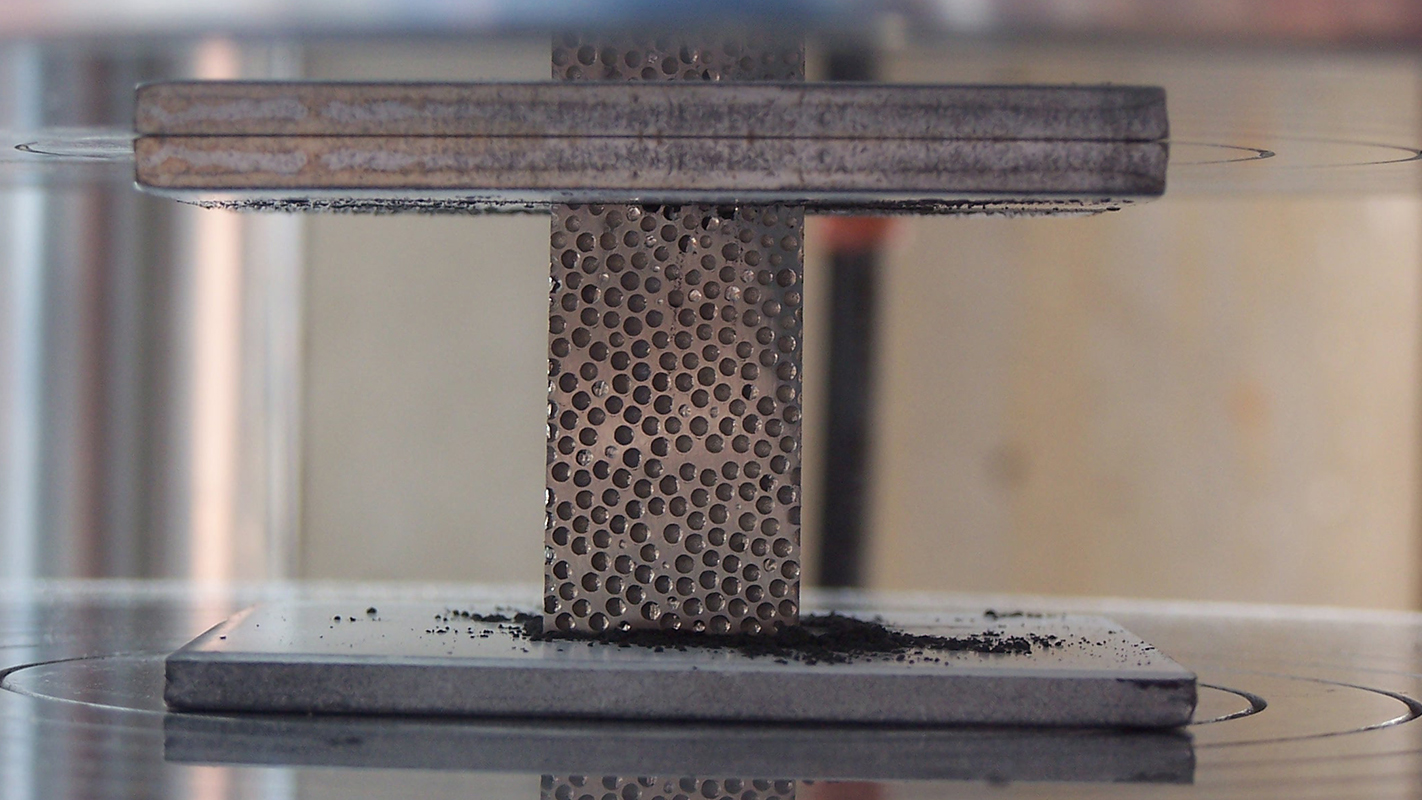
Study Finds Metal Foams Capable of Shielding X-rays, Gamma Rays, Neutron Radiation
Researchers Find Nanowires Have Unusually Pronounced ‘Anelastic’ Properties
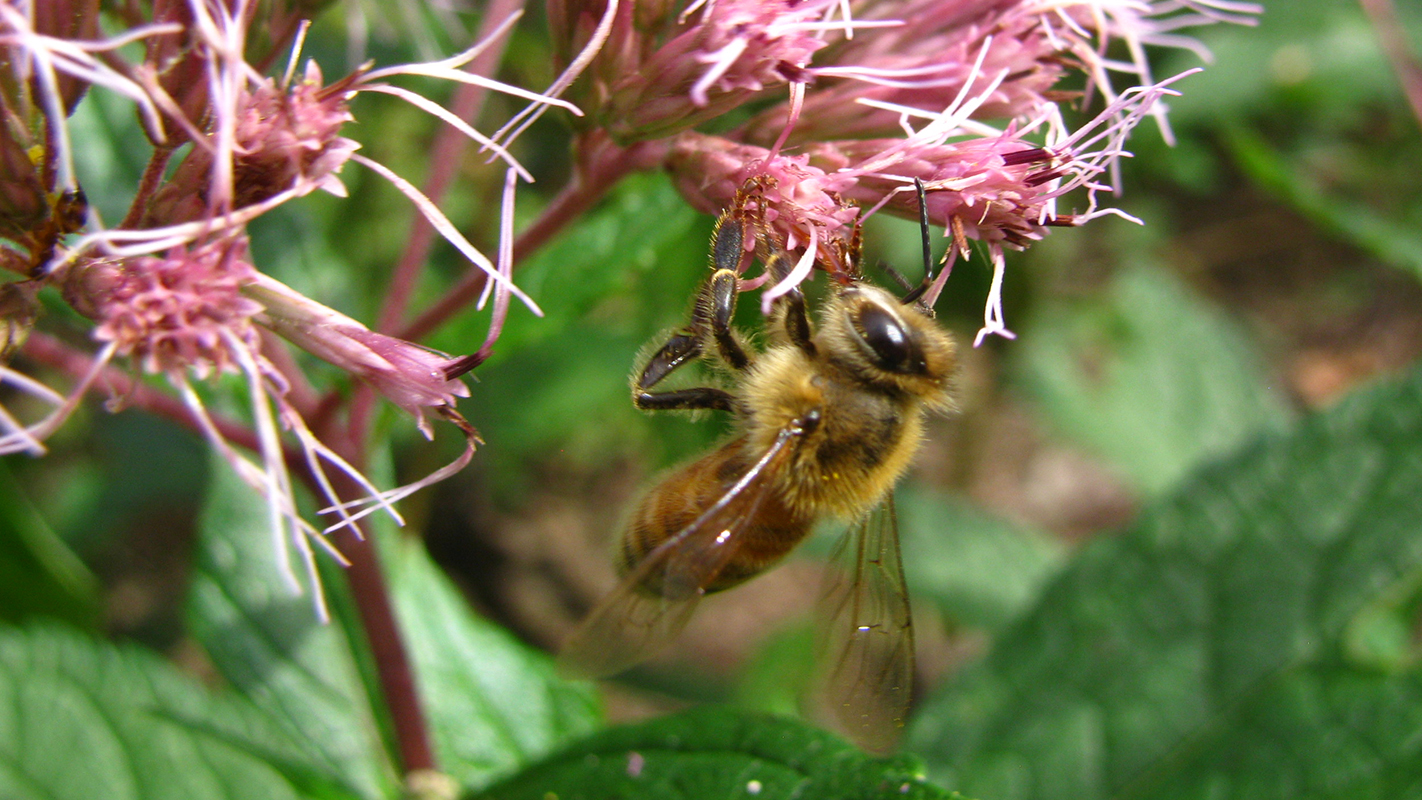
Experts Convene to Discuss How to Protect Bees, Other Pollinators
